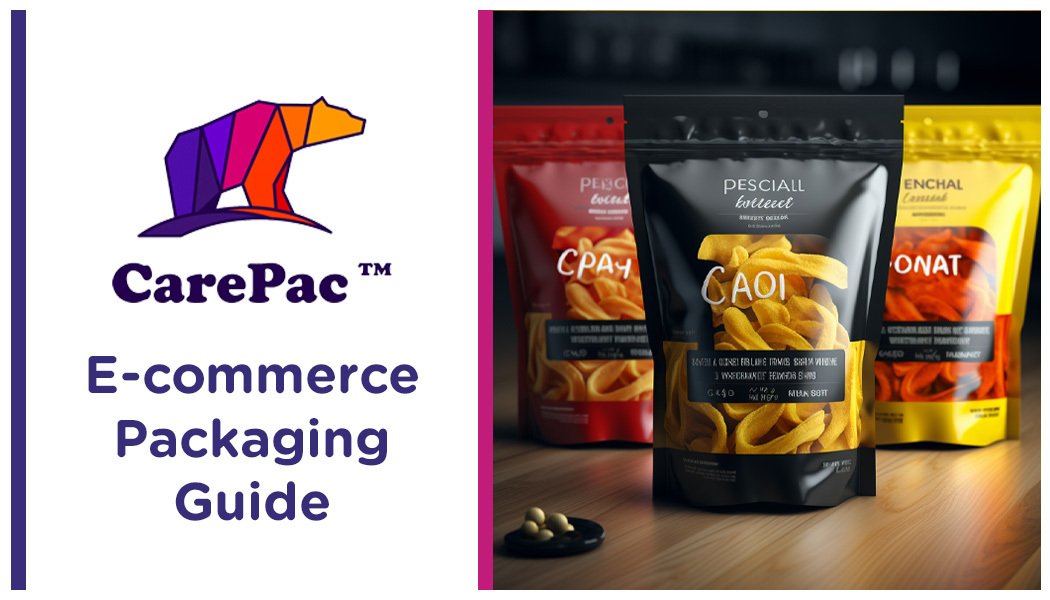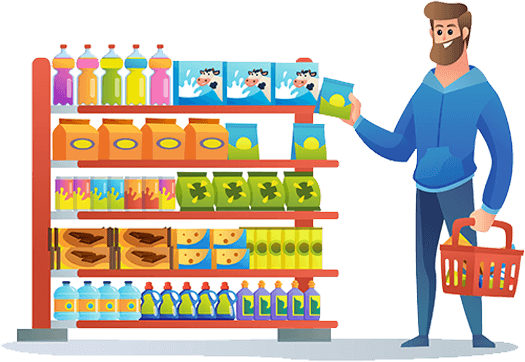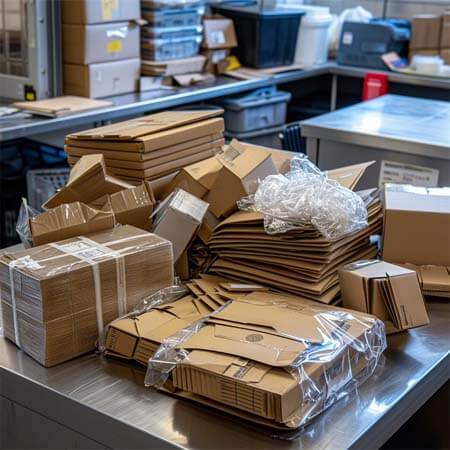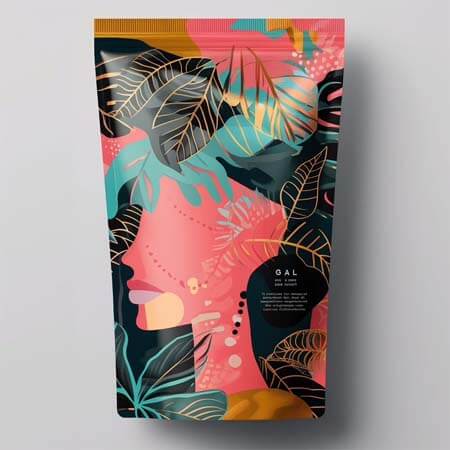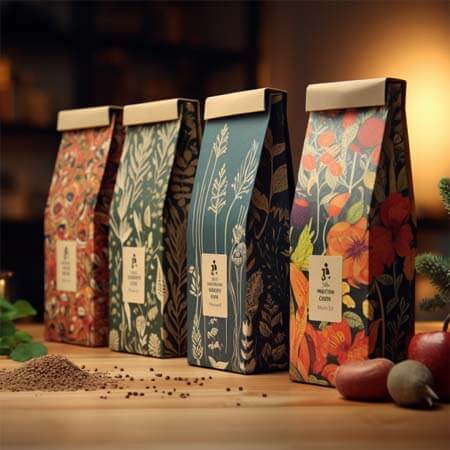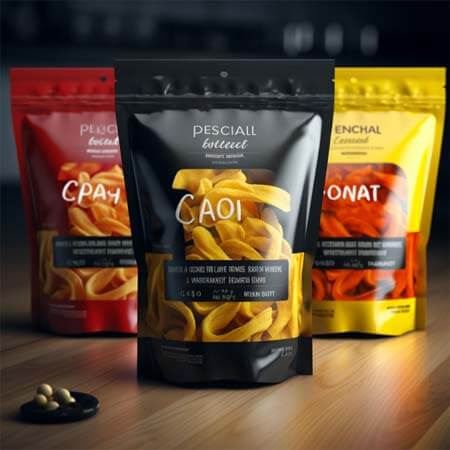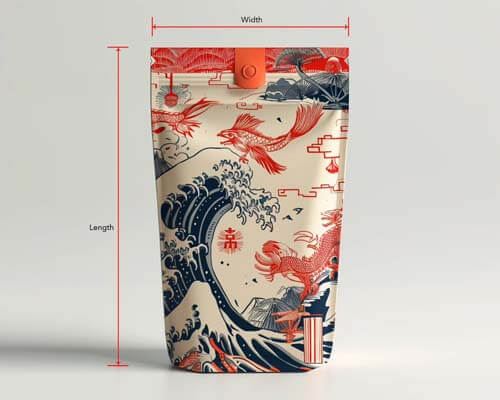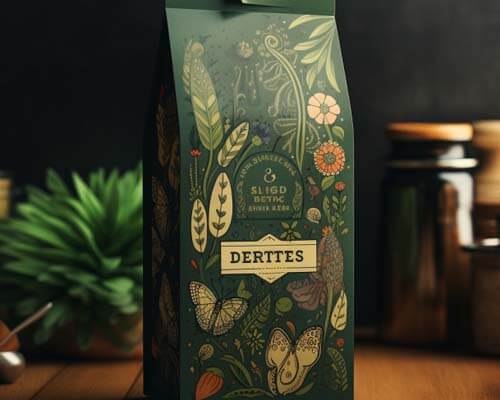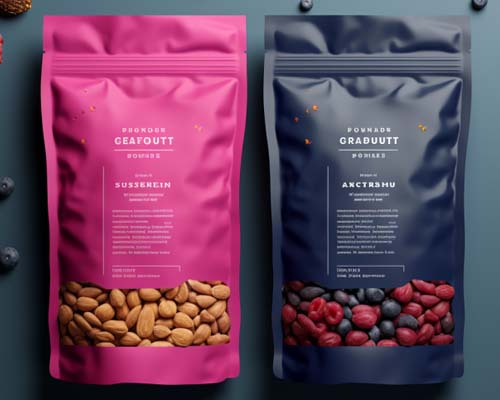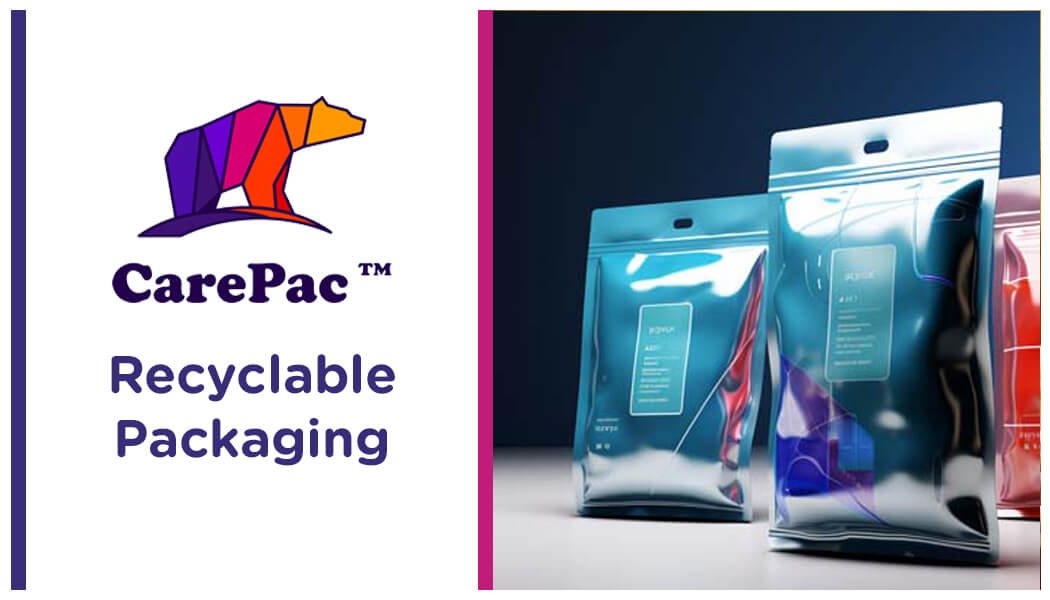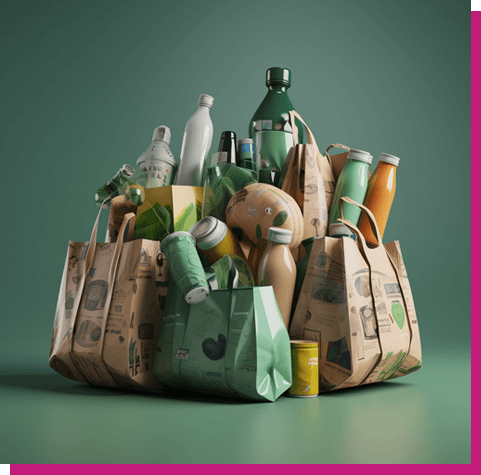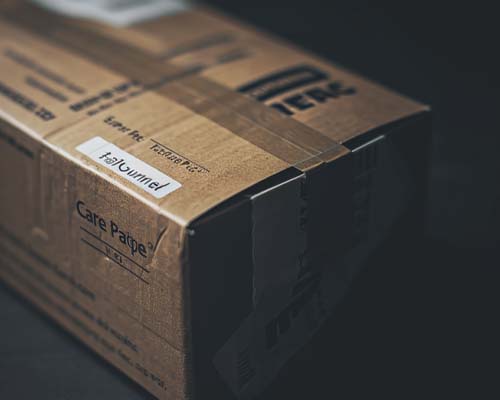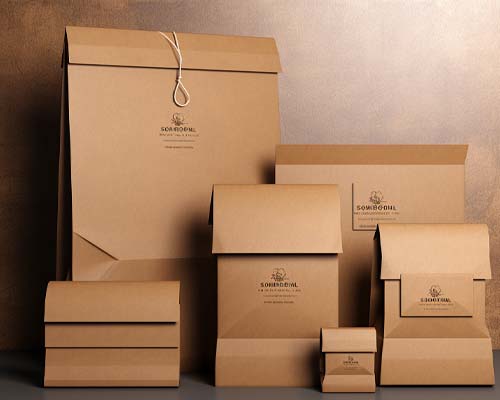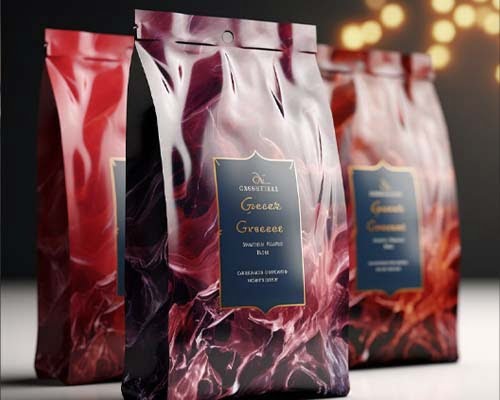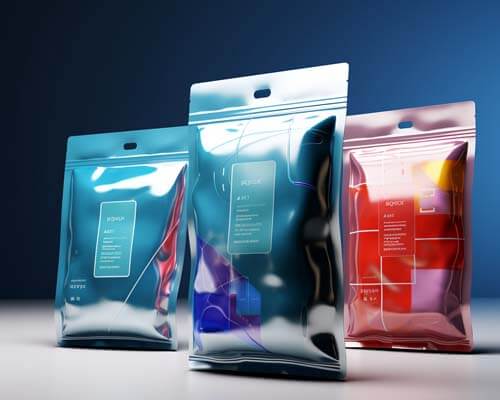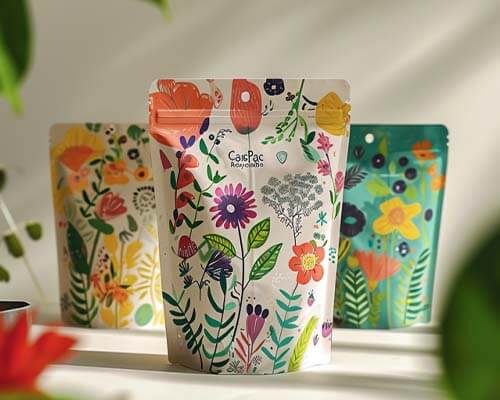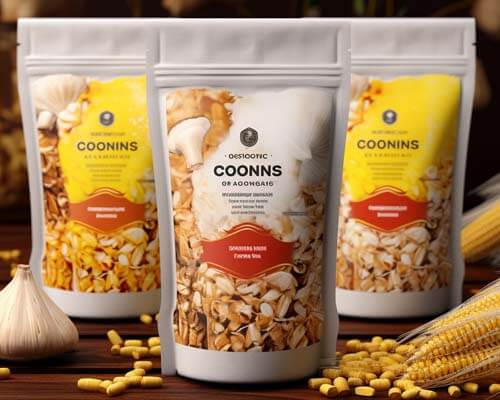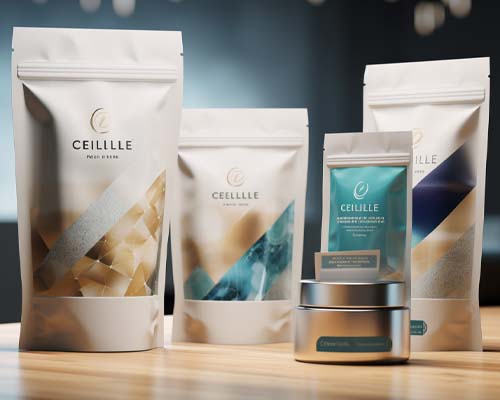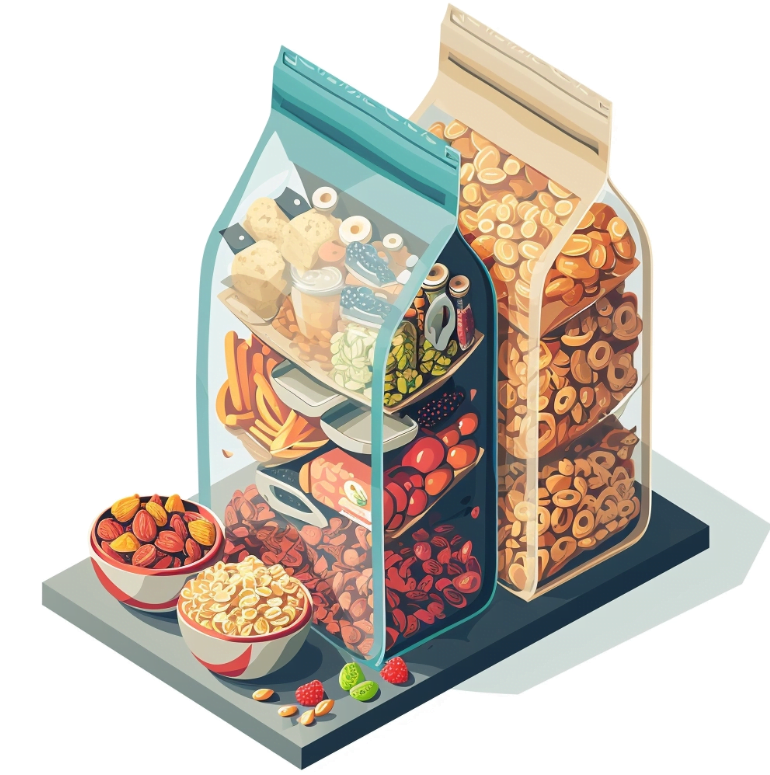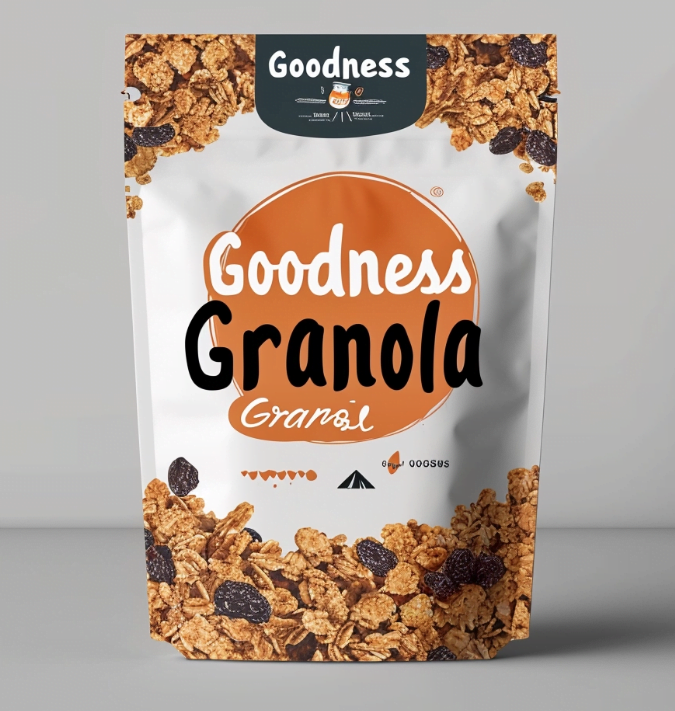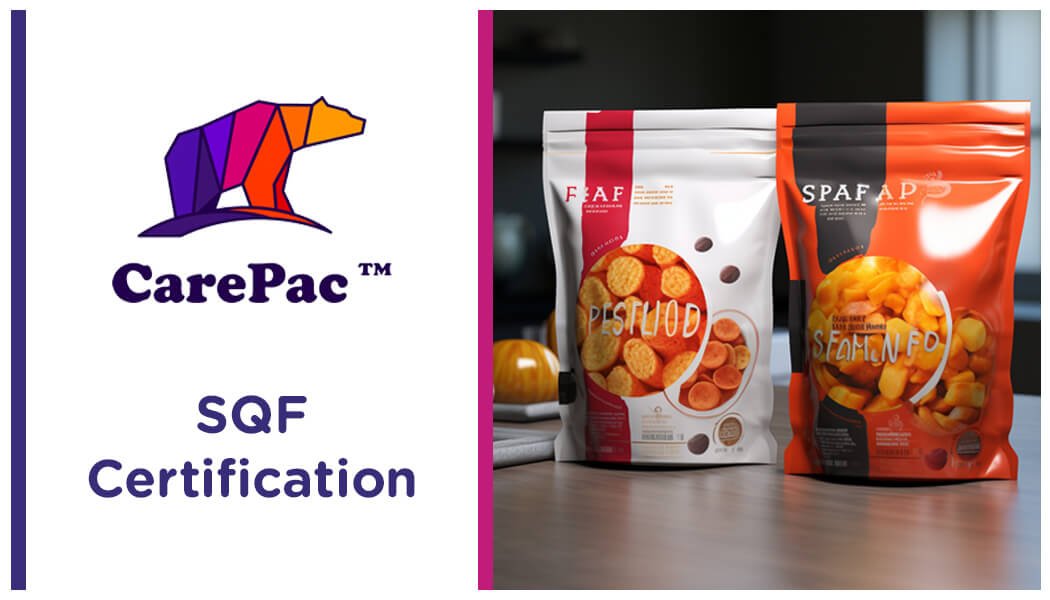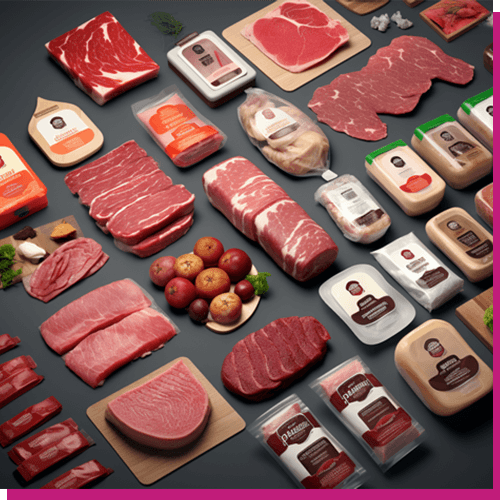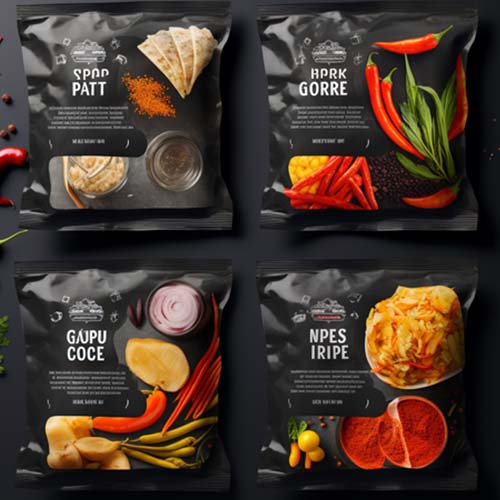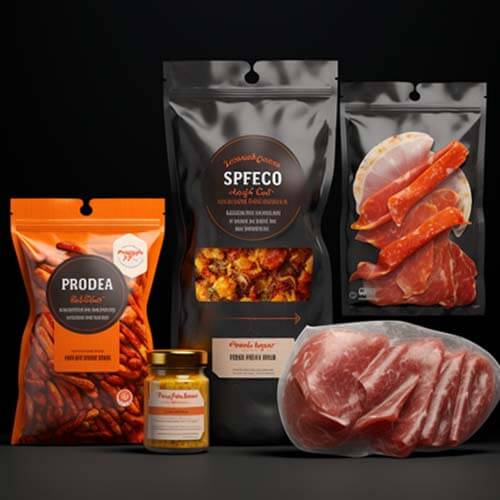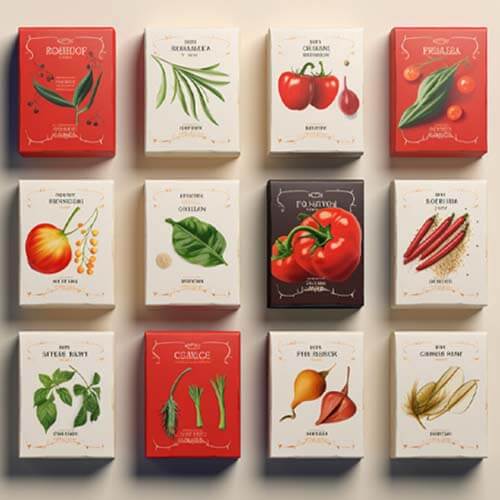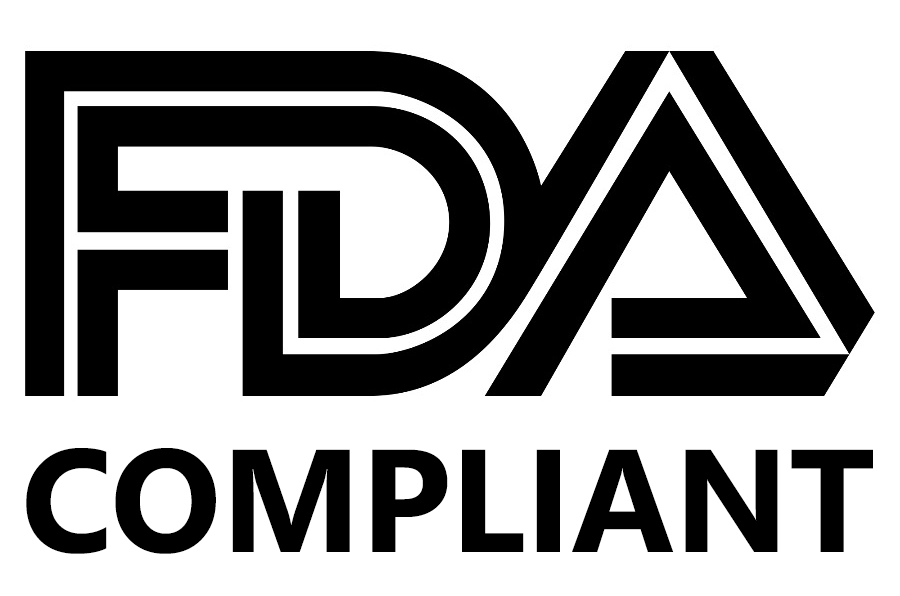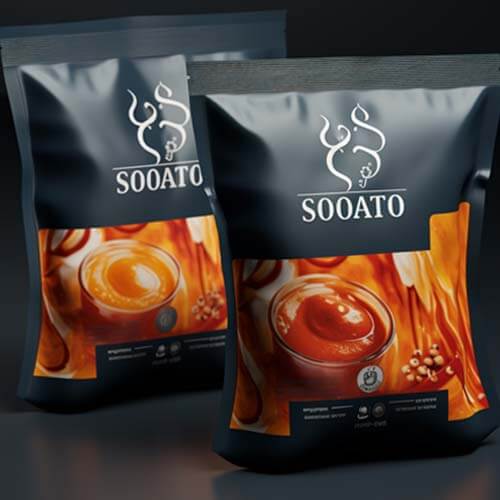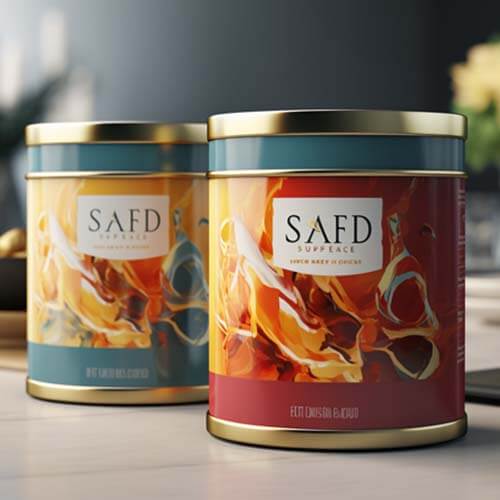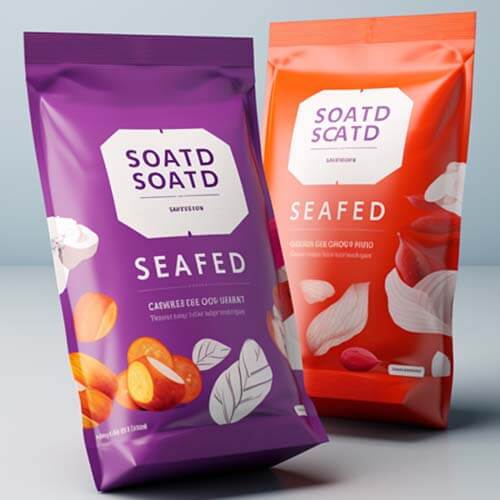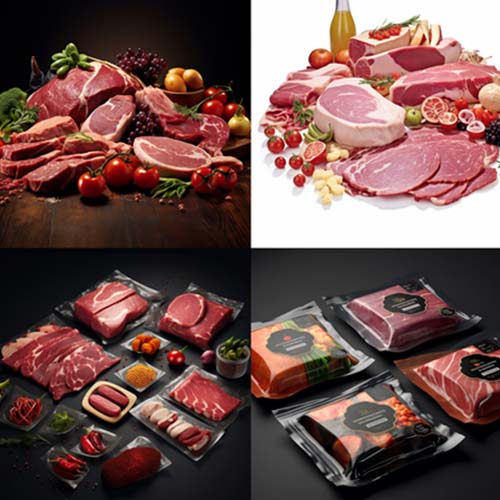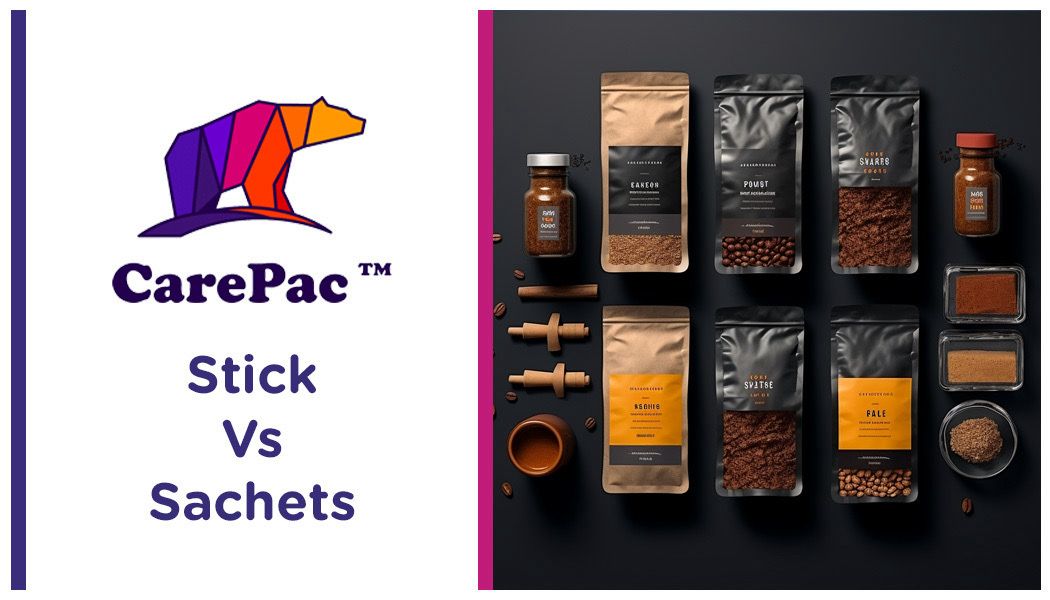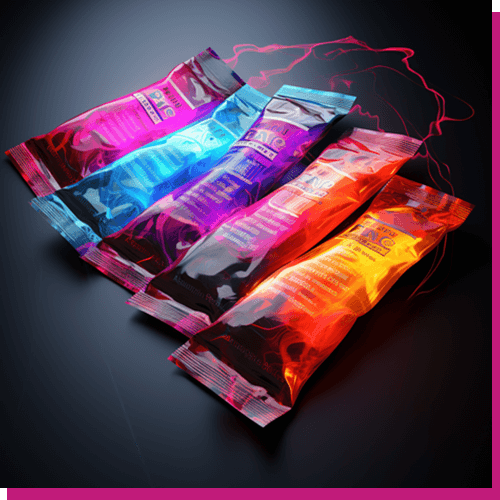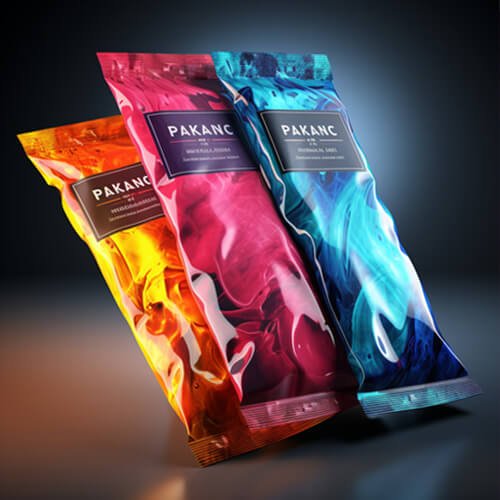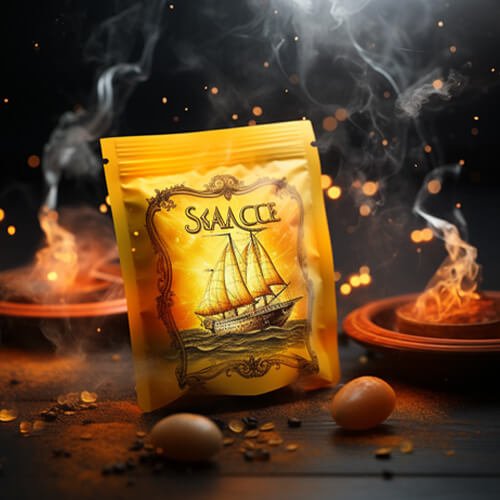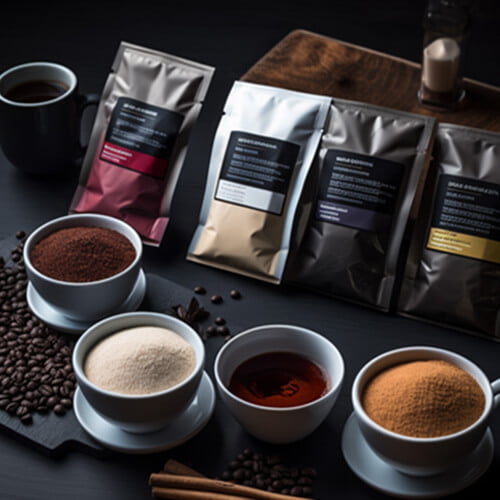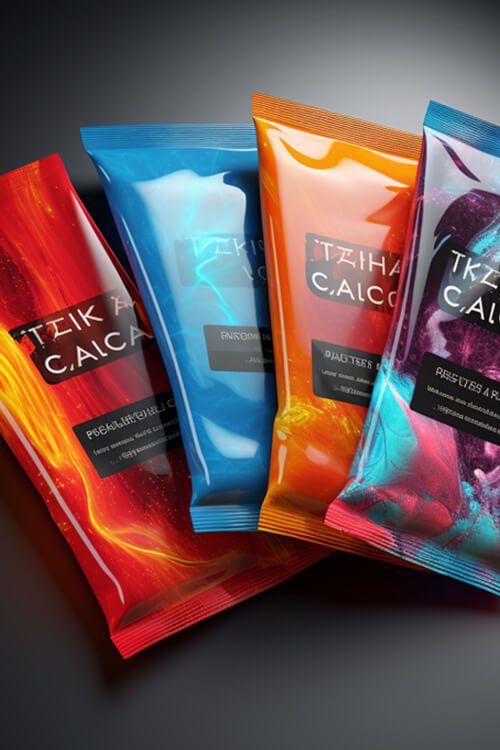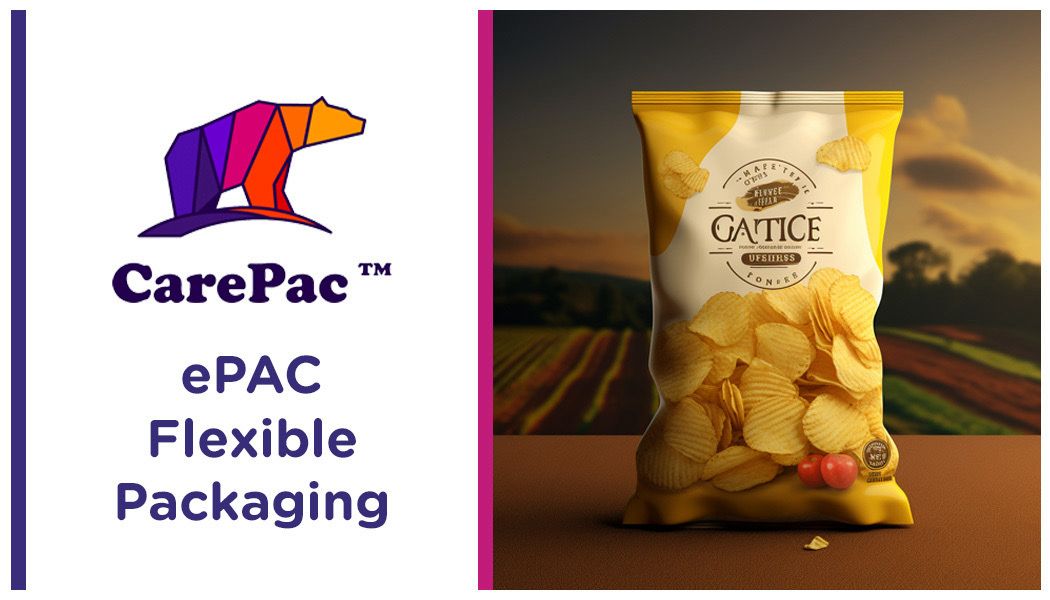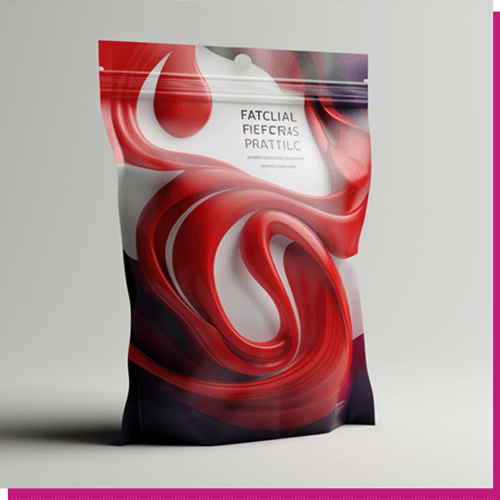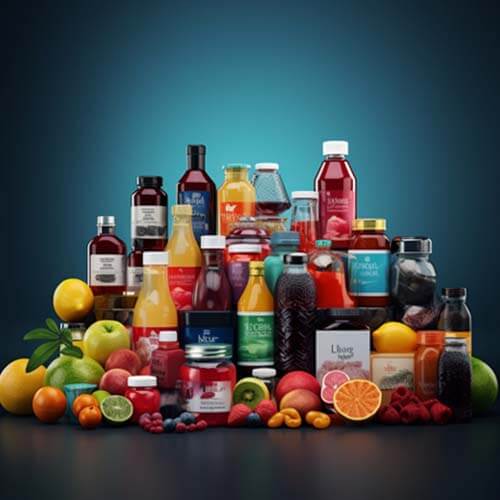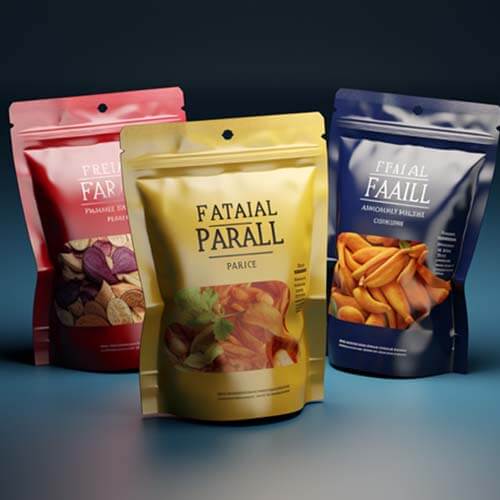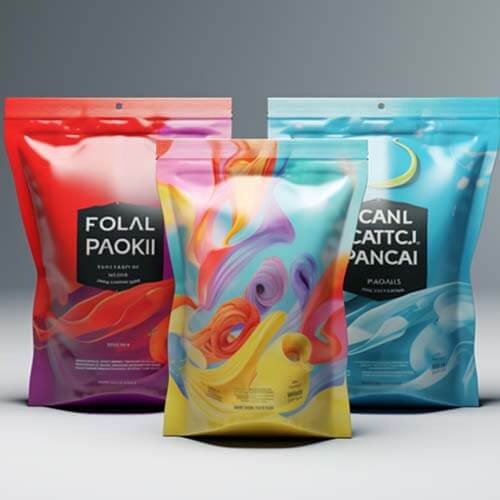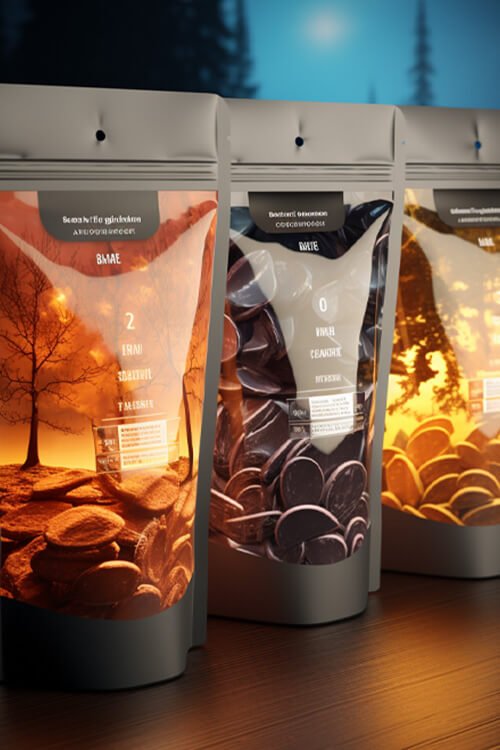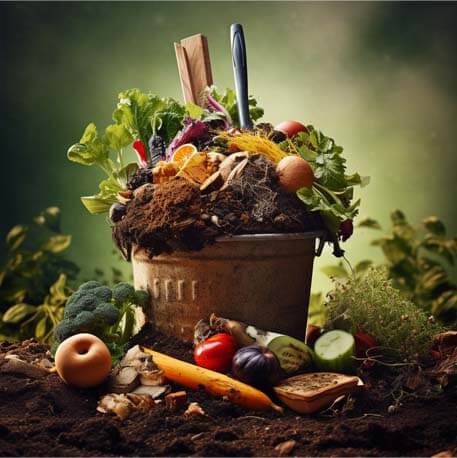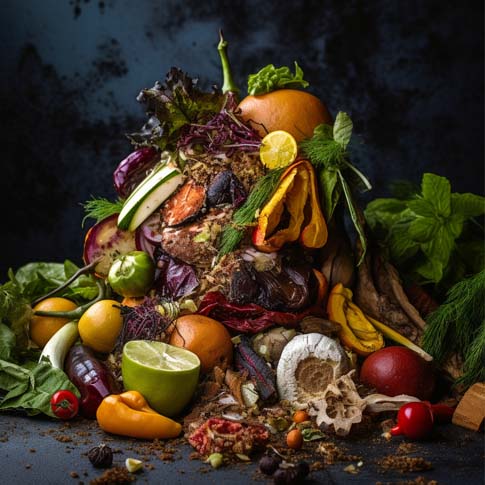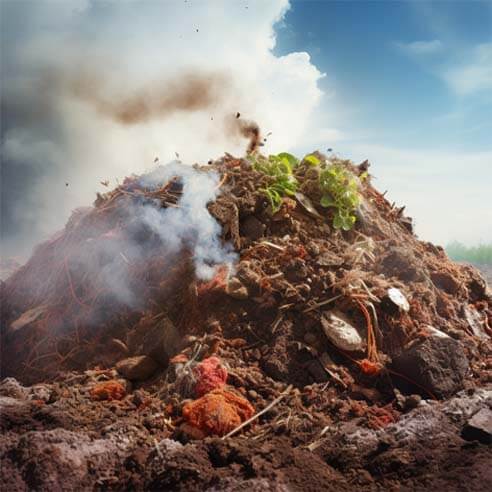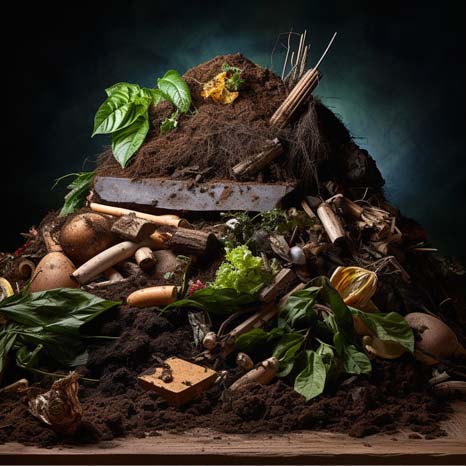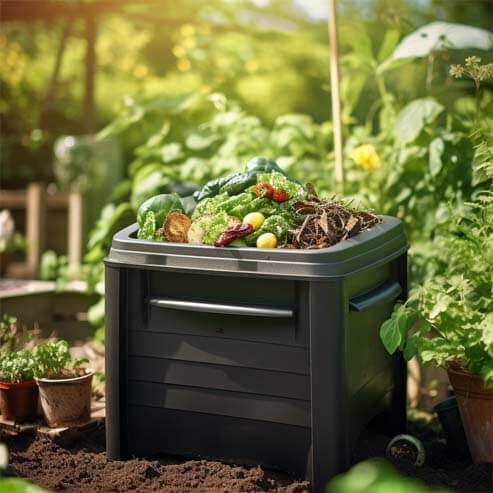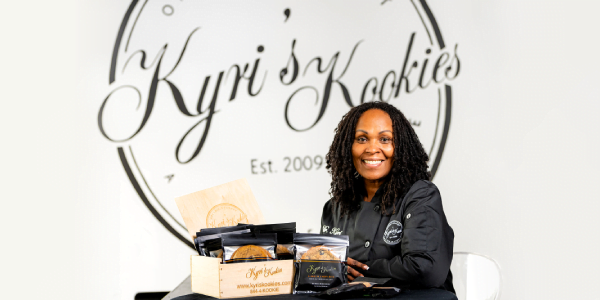No products in the cart.
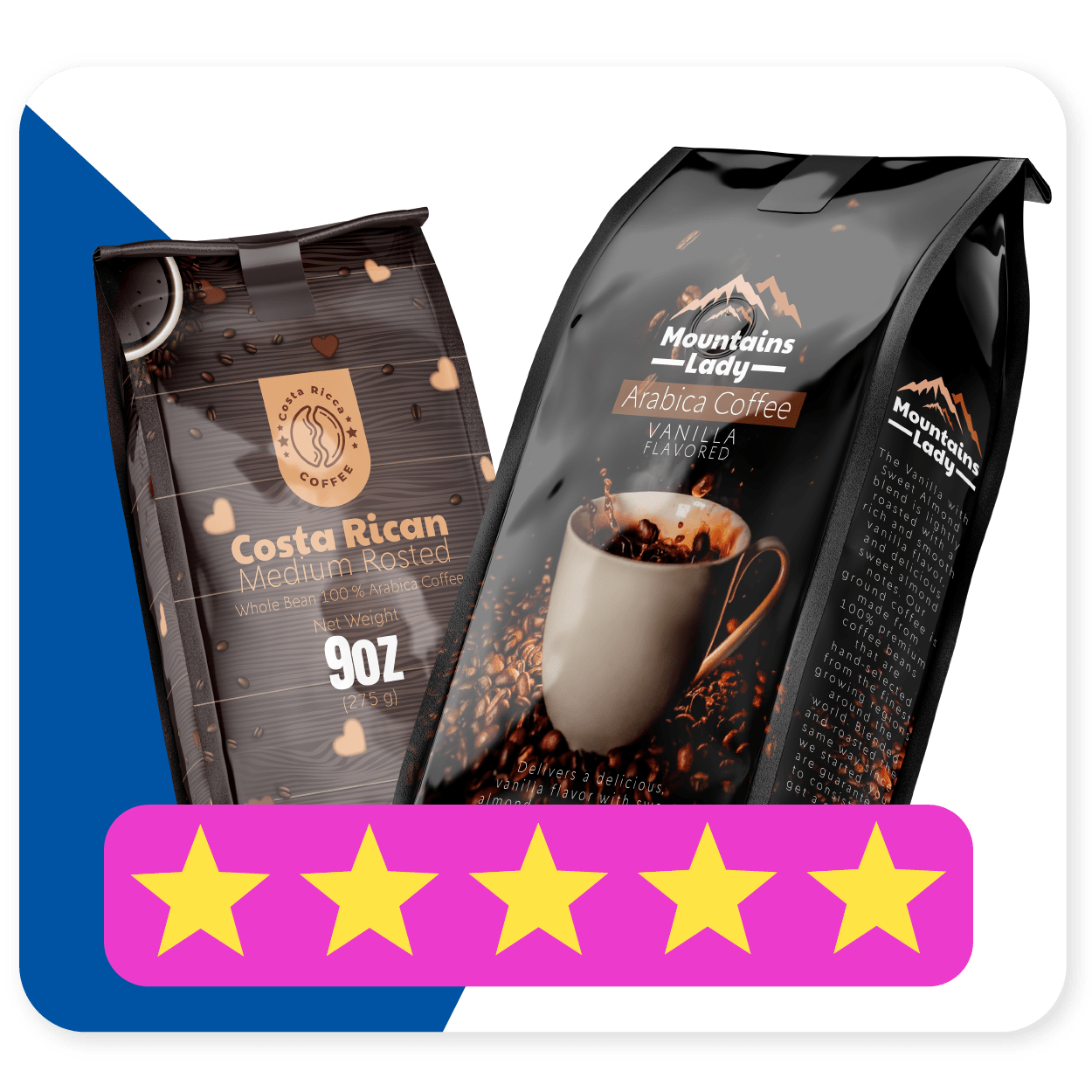

Other Packaging Topics
Roastar Alternatives
Roastar Alternatives:
The Top 4 Competitors for
Custom Coffee Packaging


Roaster is known for its fast turnaround in the flexible barrier packaging industry. Flexible barrier packaging materials keep coffee fresh through shipping and extend coffee's shelf life.
Flexible barrier packaging is essential in the coffee industry. You won't get far with stale coffee. This packaging method uses flexible materials that seal in freshness and keep moisture and light out.
This post will explore the alternatives to Roastar in the custom printed label coffee bag industry.
Who Produces the Best Custom Printed Bags?
The two big contenders for custom-printed coffee bags are Roastar and CarePac. TriCor Braun and Savor Brands remain decent options. But neither of those brands can offer specialty flexible packaging at the same level as CarePac and Roaster.
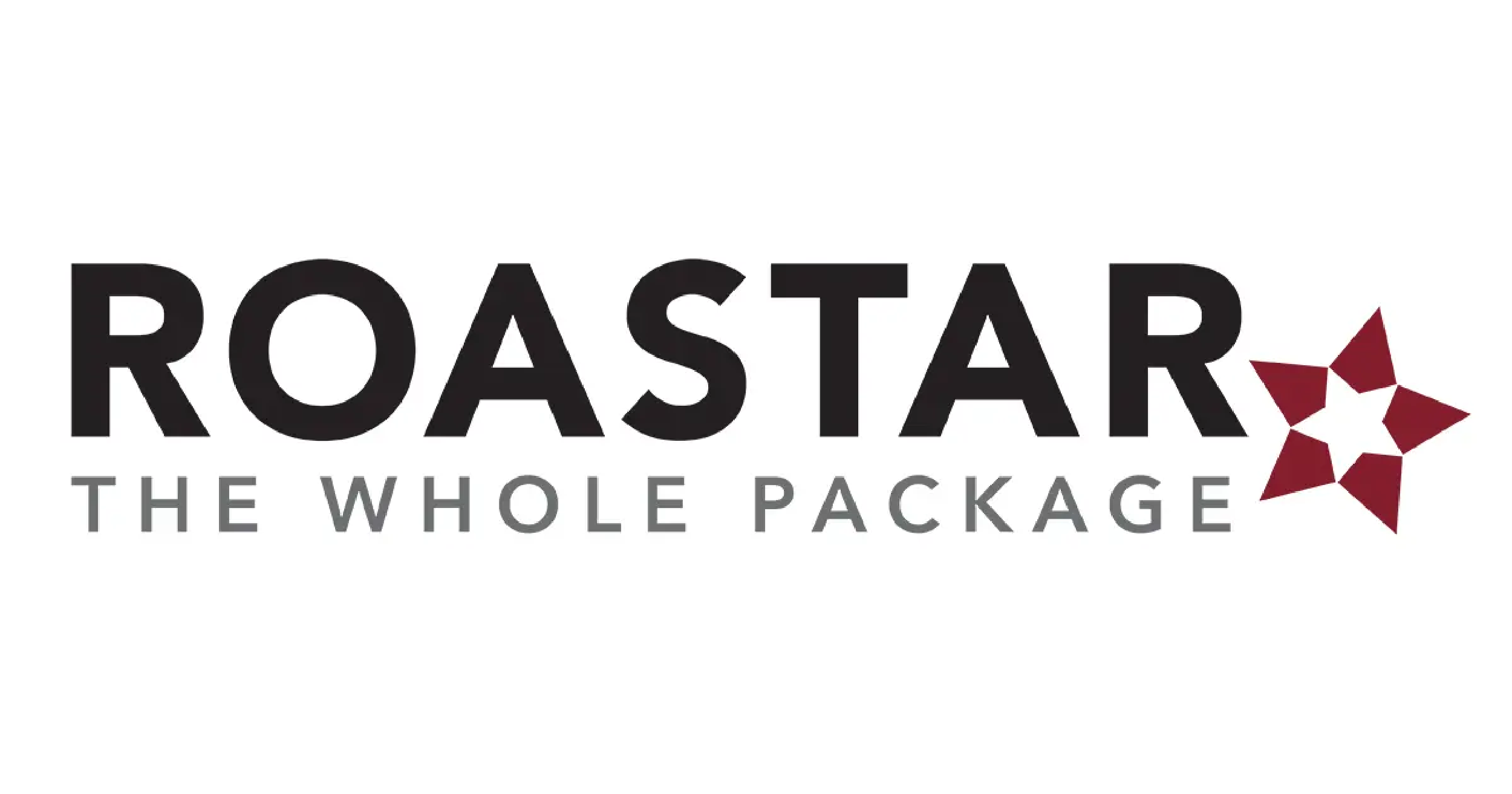

Roastar exclusively uses a digital printing process and primarily fixed bag sizing. This process allows the company to have a lightning-quick lead time.
Those fast turnaround times leave something to be desired in customizability. Roastar offers customers set sizes of bags. You can't change or modify the size of your bag to fit your style and design.
Roastar only offers a few sizes of genuine square-bottom bags. These bags are ideal for display. Roastar focuses more attention on side-gusseted bags. These bags are extremely common in the coffee industry. But you don't want your brand to be common.


CarePac is the winner when it comes to personalization and brand development. They use digital and plate printing. Digital printing is fast, but plant printing is more cost-effective as your business expands.
CarePac also allows customers to pick the size of their bags. It is 100% up to the customer. They Give great personalized attention to every order. The owner is directly involved in processing new orders.
CarePac also provides competitive lead times, with their fastest being three weeks. That time is used to complete your packaging order to your exact specifics. The care and expertise of CarePac are worth the slightly longer wait.
Roastar's Alternatives for Custom Printed Labels
Roastar


Roastar is a custom-printed packaging company that advertises super quick lead times. The company offers some fantastic design options. This company has industry-standard bags and pouches. Roastar even offers tin cans to provide an extra strong oxygen barrier.
Roastar also creates excellent custom-printed bags, but they fall a little short in a few areas. If you are still looking for the perfect company for your custom packaging, here are some great companies to consider.
Savor Brands
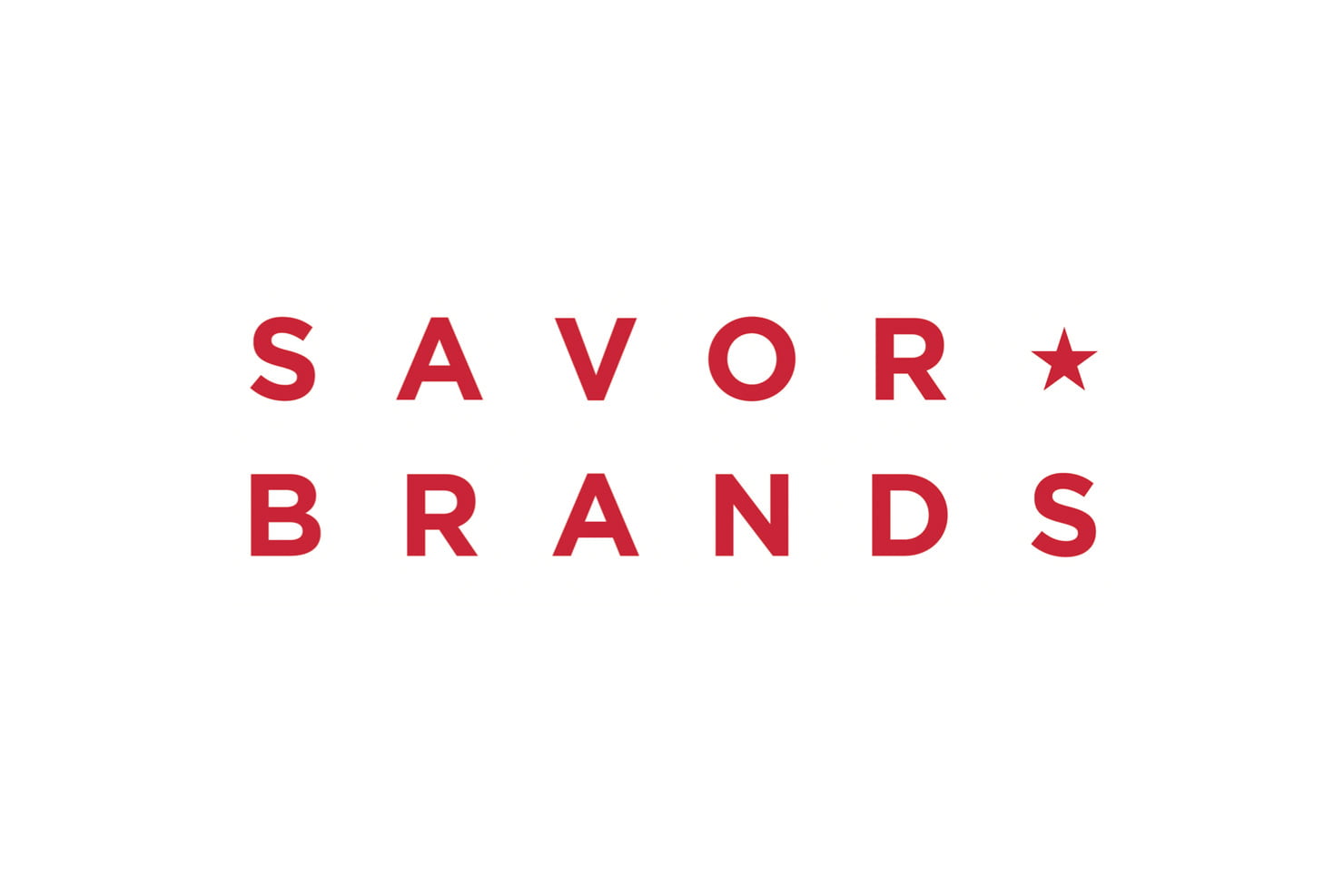

Savor Brands is a company based in Hawaii with a reputation for sustainability. They promote R+R upcycling, which disposes of non-compostable high-barrier packaging.
Savor Brands' attractive and customized coffee bags are great for cafes and retail stores. The company has an eight to ten-week lead time, which might not be ideal for your growing business.
TriCor Braun
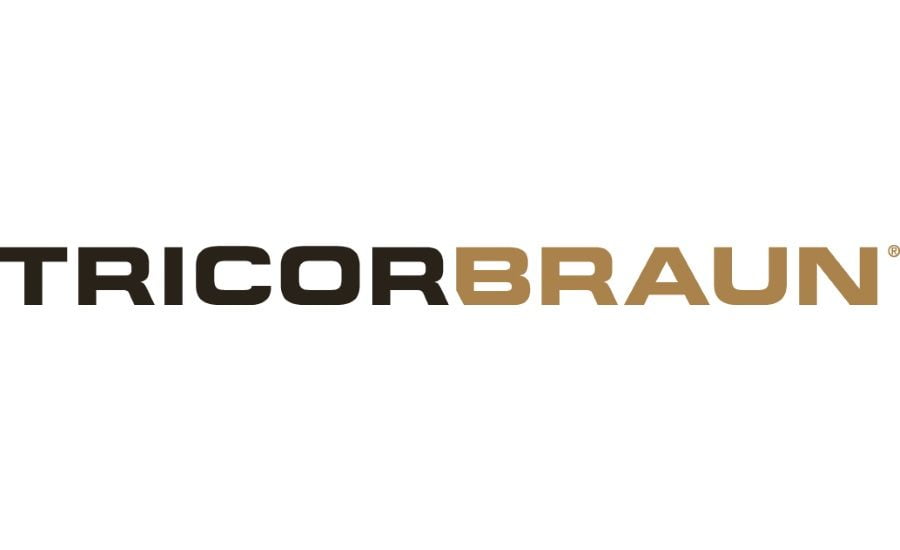

TriCor Braun is a massive international corporation. It serves businesses in multiple countries with its vast selection of packaging options.
TriCor Bruan also has a plant-based packaging material called Biotrē. This material is compatible and eco-friendly. Biotrē also comes in a variety of styles.
However, TriCor Bruan is a massive company. It lacks a personal touch. Its designs and features are sleek and professional but leave little room for customization.
CarePac


CarePac is a family owned flexible barrier packaging that puts the customer's experience and vision first.
CarePac offers total customization of your pouch's size, configuration and printing. Its high-quality, customizable, flexible barrier packaging is perfect for coffee brands large and small. The company has printing solutions that will scale with your business.
CarePac uses plate and digital printing. Digital is excellent for a smaller-scale business. But plate printing is a lot cheaper at a higher volume. If you plan on growing your business, you want a printer that can save you money in the long run.
CarePac has packaging plans that will scale with your account from 100-100,000 bags and cover everything in between.
What does Carepac add to the experience of their Customers?


CarePac is a family-run business. You are guaranteed to have a personalized experience from quote to delivery. The owner personally checks every new order.
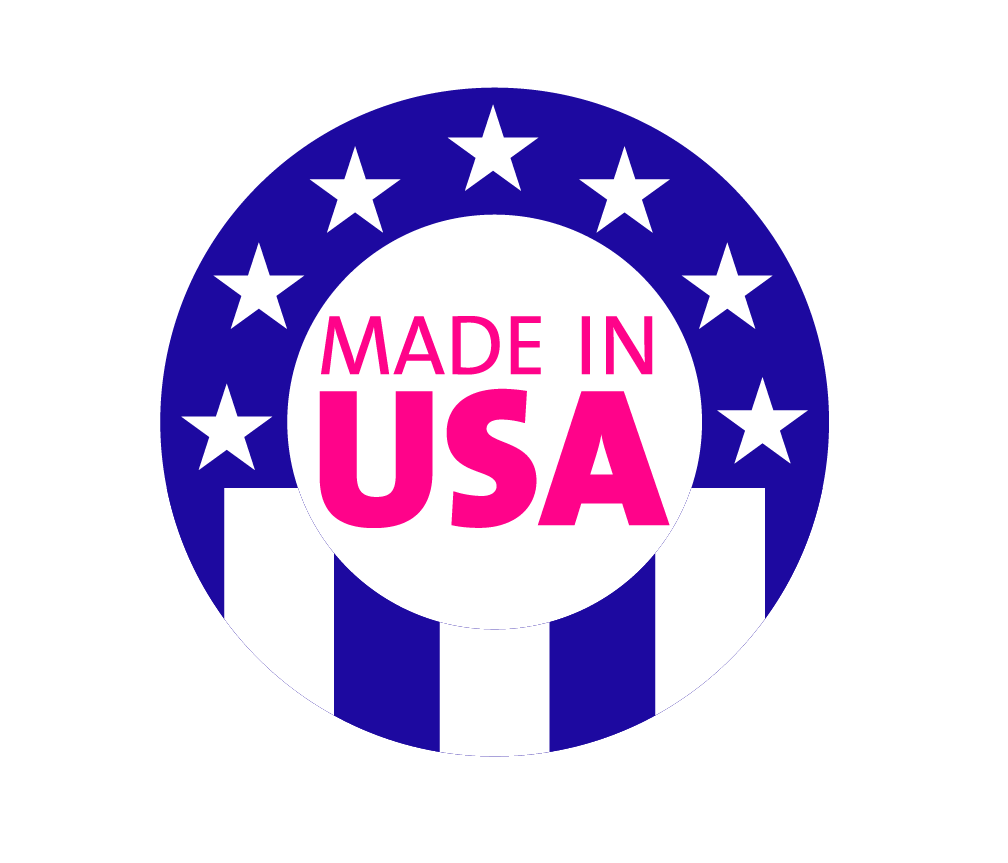

CarePac offers bags made in the USA.
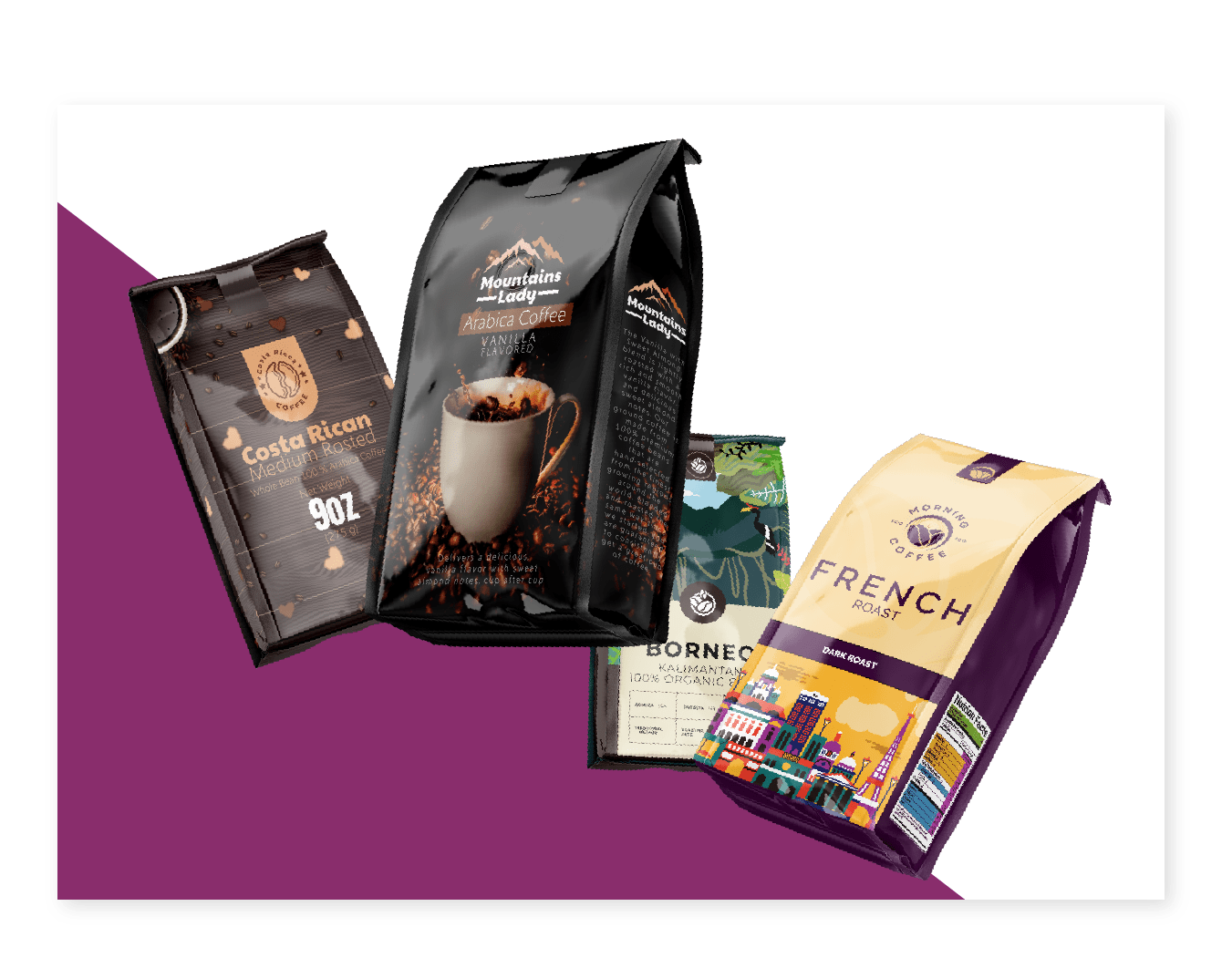

All of these configurations can be altered to fit your needs. They do not have standard size for their coffee bags. You are totally in control.
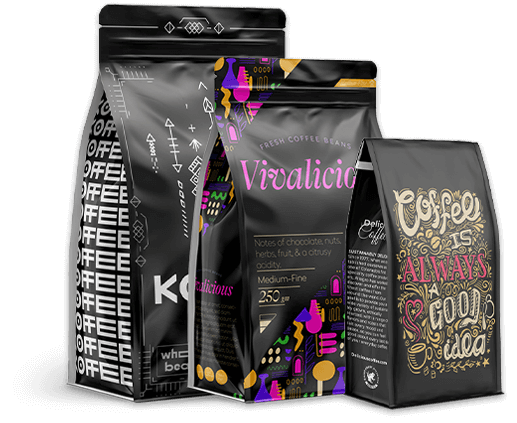

Roastar can offer speed, but is speed everything? What your company needs is flexible packaging that fits your brand. That is where CarePac outshines the competition.
When it comes to stand-up pouches, gusseted bags, and flat pouches made the way you want them, CarPac is the flexible packaging company for you.
Choosing the Right Custom Coffee Packaging Company for You
No one knows your company better than you.
You want a company with a personal touch to accommodate your brand as it grows.
With Roastar, you are limited to a digital printer and set sizing. These limitations make it harder to realize your dream packaging with Roastar. Though Roastar's results are fast, they are less specific to your brand.
CarePac does what its name suggests. The company cares about your brand and will create flexible packaging that fits your needs and design aesthetic. CarePac doesn't push you into a solution that isn't perfect for you.
Roastar does offer a few different sizes and a range of customization options, but it isn't as flexible as CarePac. Roastar's flat pouches and square bottom bags only come in a few select sizes.
CarePac specializes in flexible packaging. It lets the customer choose the printing process that best suits their needs. It is a family brand that will grow with small businesses and help large companies continue to flourish.


